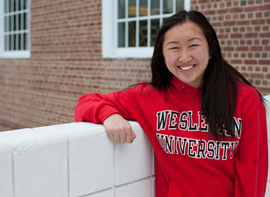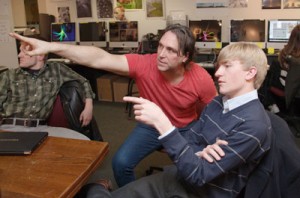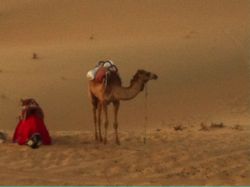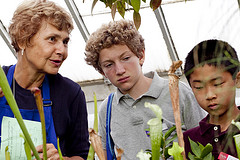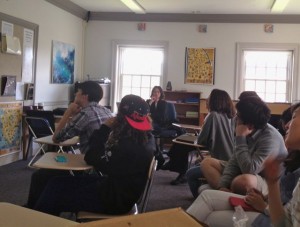 To kick off her talk about sustainable design, Naomi Darling showed a slide of a place all Williston Northampton students would recognize.
To kick off her talk about sustainable design, Naomi Darling showed a slide of a place all Williston Northampton students would recognize.
“That’s where we are right now, right?” said Ms. Darling as a picture of Reed Campus Center appeared.
“Pretty much everything we see has been designed,” said Ms. Darling switching to a view of the Williston pond. “It’s all part of a built environment that very much shapes our lives.”
Ms. Darling, a Five College assistant professor of sustainable architecture, was visiting Natania Hume’s Contemporary Arts and Culture class to talk about historical architecture, best sustainable practices, and some of her recent projects. To give students a basis for comparison, she showed how the Williston campus integrated aspects of other designed spaces: English gardens, the University of Virginia, and Tsinghua University in Beijing.
“Architecture embodies the aspiration and achievements of a society,” said Ms. Darling. “It is a realization of a culture, time, and place.”


